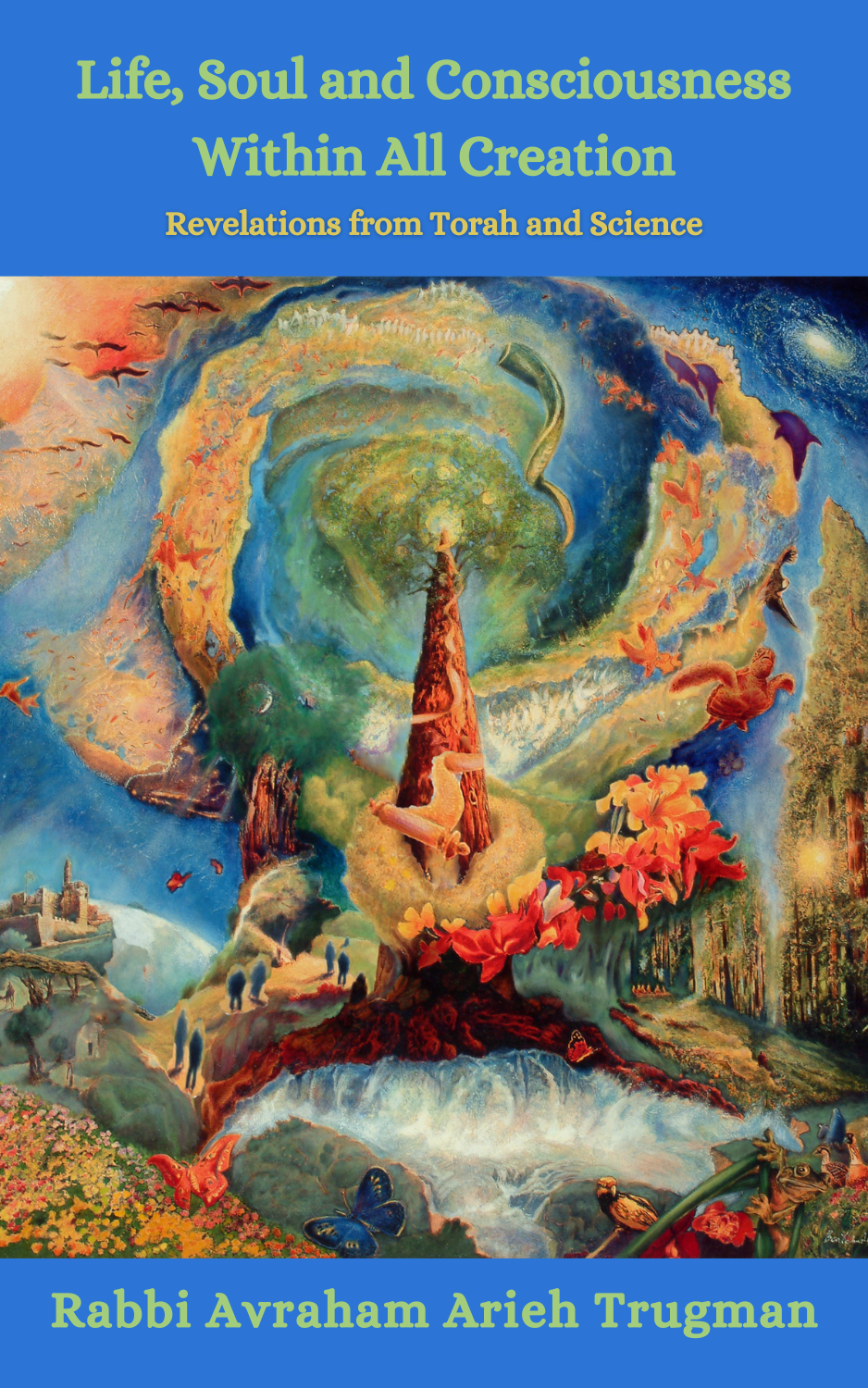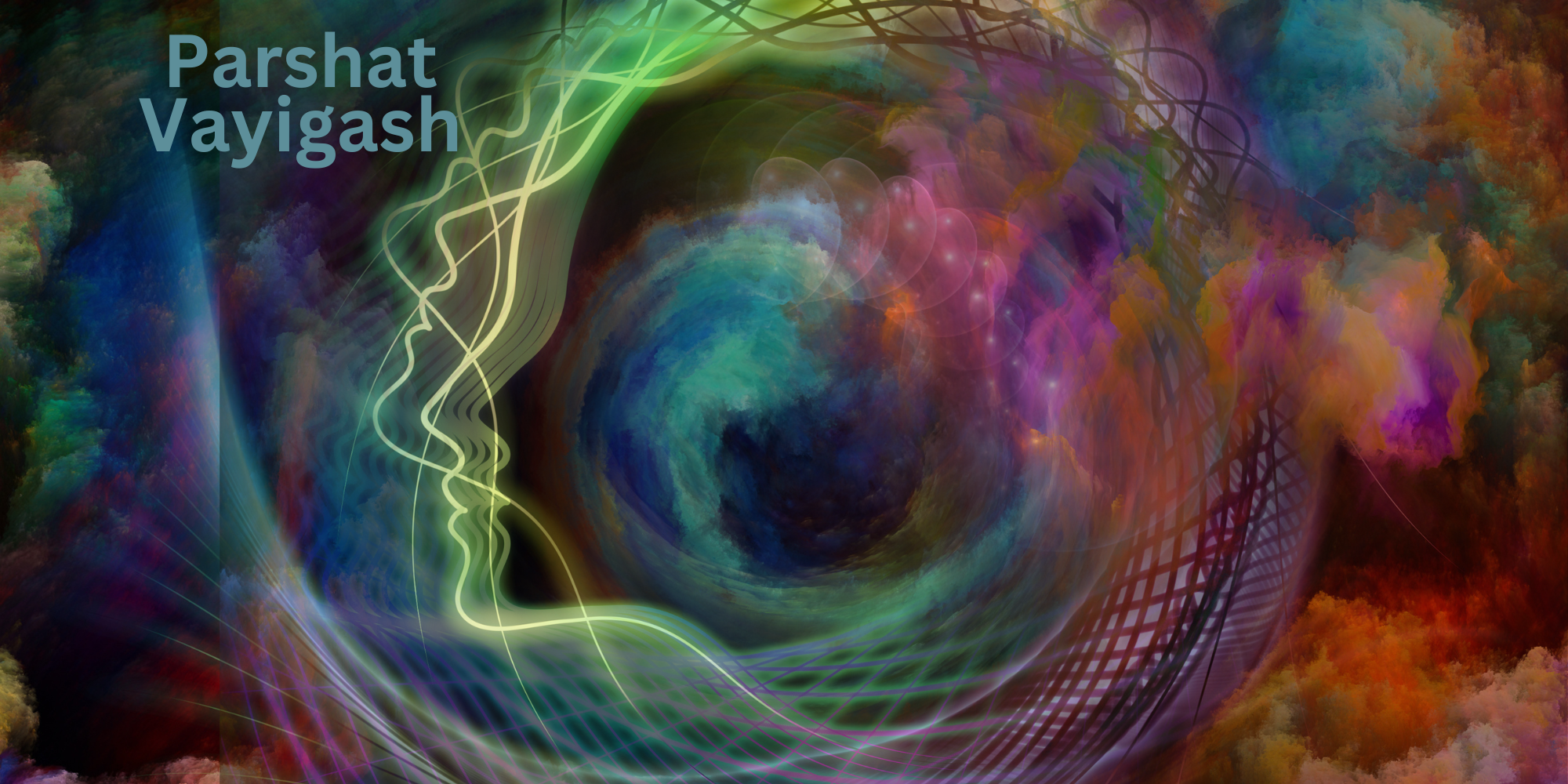Although David did not actually build the Temple, it was he who first thought of building a House for God. In response to David telling the prophet Gad of his desire to build such a place to house the ark of God, God reveals to Gad that although David will not merit to build it, his son will. More than this though, because of his concern for His glory, God promises to establish David’s kingdom for ever (Samuel II 7:1-17). This is one of the scriptural sources of the Messiah, who will serve as king of Israel, coming from the house of David.
The book of Samuel describes how David brought the ark of God up to Jerusalem for the first time: “So David went and brought up the ark of God from the house of Oved-Edom into the city of David with gladness…. And David leaped about before God with all his might and David was girded with a linen efod. So David and all the House of Israel brought up the ark of God with shouting and with the sound of the shofar” (Samuel II; 6:12-15).
David, who paved the way for the building of the Temple wrote in prophesy: “A psalm; a song of the dedication of the Temple, by David” (Psalms 30:1). This psalm is recited everyday in our prayers and is included in the ritual for dedicating a new house until this very day. The fact that David dedicated the Temple with a song is very significant to understanding the Temple experience as the central paradigm of Jewish service of God.
Although the Temple has not existed for nearly two thousand years, the Sages were able to take all the main components of the physical Temple and the service that was performed there throughout the year and translate these symbols, concepts and ideas into our various prayer services and the physical make up of the synagogue today. It is beyond the scope of this book to delve extensively into this subject, but the order, timing and content of the daily services, as well as for Shabbat and holidays, incorporate the Temple service as it was performed two thousand years ago much more than most people realize. Even the physical structure of the synagogue and the main symbols and motifs mirror the structure of the Temple.
For example, the bimah, the central table in the synagogue, represents the outer alter where the sacrifices were offered. We are taught that our prayers today are a direct replacement of those offerings. The aron kodesh, the ark, containing the Torah scrolls, represents the Torah scroll resting in the ark in the Holy of Holies, which had a curtain in front of it, as does the aron kodesh today. The nar tamid, the everlasting light, in the synagogue represents the seven branched menorah, candelabrum. The mechitza, or divider, of today is modeled on the separation made by the Sages in certain areas of the Temple between men and women. Our synagogues all face Jerusalem in memory of the Temple itself.
As for the prayers replacing the Temple service, the examples are too many to bring in such a short venue, but to name just a few. The fact that we pray the morning and afternoon service is to replace the tamid, the morning and afternoon daily offerings. The evening prayer replaces the offerings that burnt on the alter all night. The musaf, or additional prayer on Shabbat and holidays, replaces the additional offerings brought on these days. Each morning we recite karbanot, the readings about the Temple offerings, at the very beginning of prayer, to emphasize the essential connection between the offerings and our prayers today. Pesukei d’Zimra, verses of song, corresponds to the songs of the Levites in the Temple. In Israel, birchat kohanim, the priestly blessing, is done every day, as it was done daily in the Temple. Each day we read the particular song the Levites sang in the Temple. Tachanun, verses of repentance, replaces the guilt offering, while mizmor l’toda, a song of thanksgiving, symbolizes the thanksgiving offering. These are just some of the many examples.
Not only do our services and prayers reflect the Temple model, but the Jewish collective consciousness remembers and longs for the Temple, not only as a potent symbol of national and religious sovereignty, but for the actual spiritual experience of being in the Divine Presence. The experience of being in the Temple must have been so powerful that even a two thousand year absence cannot wipe out the collective memory.
Beyond the physical beauty and grandeur of the Temple, which by all historical accounts was one of the wonders of the ancient world, the constant music that took place there was central to the experience. King David wrote fifteen Songs of Ascent, corresponding to the future fifteen steps in the Temple, where the greatest choir and orchestra ever assembled in the history of the world sang and played. The tribe of Levi trained vigorously till age thirty before taking their place among the multitude of musicians who performed there. People came to the Temple with great expectations and high emotions, completely focused on drawing close to God and the music which took place there was an integral part of the spiritual experience.
The Mishnah recounts the joyous music and singing during Simchat Beit HaShoaveh, the drawing of the water ceremony, which took place in the Temple every Succot, the seven day harvest pilgrimage festival. The Sages describe how water was festively drawn each day from a spring in Jerusalem and brought in a great procession to the alter, where it was poured, to symbolize our prayer for rain and sustenance. The entire evening the great Sages of the generation would lead joyous singing, dancing and praising of God to the accompaniment of the Levites, who according to the Mishnah, played on instruments too numerous to count. The description of these festivities states: “Anyone who has not seen Simchat Beit HaShoeveh has never really seen true joy” (Succah 5.1).
The very next Mishnah recalls how each day there were never less than twenty-one shofar blasts in the Temple and never more than forty-eight. The shofar blasts which we know so well from Rosh HaShanah elicit great awe and were played by experts like a musical instrument. The Levites would accompany all the daily offerings on the alter with song. Every holiday, Hallel, a special arrangement of joyous praises of God were sung in the Temple and the Levites would play and sing. Another Mishnah recalls how the Levites sang a special song appropriate for each day of the week, a practice incorporated in our prayers till today (Tamid 7.3). It is stated that not only was the sound of the shofar and the Levites playing and singing heard in the Temple, but as far away as Jericho, many miles away (Tamid 3.8). Part of the clothing of the High Priest was a robe which had bells sewed along the bottom seam. As he performed his daily service they made a faint, tinkling, musical sound.
The bringing of the first fruits was a major celebration in Jerusalem. Very large processions of people would ascend to Jerusalem with their first fruits decorated in baskets as they walked to the sound of flutes and great rejoicing. The people of Jerusalem would come to greet them and accompany the procession to the Temple where the Levites would break forth in joyous song (Bikurim 3.2-4).
Each of the above times, and many more, when the Levites played and sang were peak experiences, full of awe and spiritual elevation for those visiting the Temples, which stood for over eight hundred years of our history. These experiences left a deep mark on all those individuals who attended and upon the collective consciousness of the Jewish people. As Saul, through the medium of the music of the band of prophets “became another man,” so too the Temple experience, which was enhanced and accompanied by constant music, had a profound spiritual effect on all who came. Music not only enhanced the daily service, but was an integral and fundamental component, and this fact has had a major effect in the prayers we say today, as will be explained in the next chapter.
Today, many have life changing experiences when visiting the Kotel, the Western Wall, which is but an outside retaining wall below where the Temple was located. How much more so must have the experience been in the Temple itself! It is no wonder that prayers for rebuilding Jerusalem and the Temple are included in so many prayers and rituals as a way to keep alive our dream for a return of this reality in our lives.







